Recently updated on January 23rd, 2025 at 08:49 am
Fashion designing is more than just creating beautiful garments; in fact, it’s about expressing creativity, embracing innovation, and shaping trends. Moreover, the Diploma in Fashion Design course is a three-year curriculum broken into six semesters. This course, specifically designed for those who have completed their 10+2 education, combines theoretical knowledge with practical instruction in various facets of fashion design.
Throughout the program, students not only study drawing, pattern making, garment building, textile science, and marketing, but they are also encouraged to express their creativity, hone their design talents, and comprehend the complexities of this industry.
Diploma in Fashion Designing Courses
Fashion Design Diploma Course. Now that you’ve established the groundwork for a successful career in the fascinating field of modern, it’s time to investigate the wide range of options accessible to you to advance your proficiency.
1. Fashion Designer
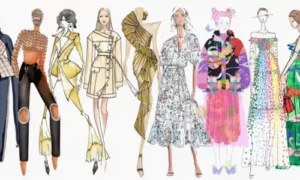
The course is intended to support students who want to develop their managerial and creative skills to progress their careers in this modern industry. Consequently, the management, marketing, forecasting, retail and export, entrepreneurship, and economic aspects of the style industry are the main topics of study for master’s degree programs in fashion management.
Ultimately, the course aims to support students who aspire to develop their managerial and creative skills to advance their careers in the style industry. In summary, the management, marketing, forecasting, retail and export, entrepreneurship, and economic aspects of this industry are the primary subjects of study for master’s degree programs in stylish management.
2. Textile Designer
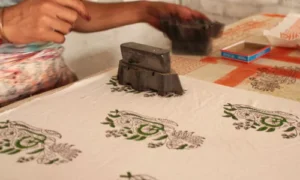
The process of creating a fabric’s structure and look is known as textile design. In this context, designers of textiles create patterns that are knitted, woven, or printed onto textiles. For instance, they could recommend different kinds of thread to weave together to get a certain feel and style, or they might make patterns to embellish a surface of cloth.
Furthermore, the fundamental textile subjects of weaving, print design, embroidery, and surface ornamentation combined provide students with a broad and adaptable education. As a result, students have plenty of opportunities to explore, experiment, and develop with materials according to the Textile Design curriculum.
3. Fashion Merchandiser
You will study garment design, visual display, branding, retailing, social media, marketing, management, and much more as a trend merchandising major. Consequently, candidates with a keen sense of style and a thorough understanding of business management are highly sought after in the field of trend merchandising.
In this role, trend merchandisers collaborate closely with buyers and designers to curate upcoming collections. While buyers choose what things to offer, merchandisers determine how many units, various styles, and variations need to be bought. Additionally, they strive to guarantee that stock purchases are made within budget.
4. Freelance Fashion Designer
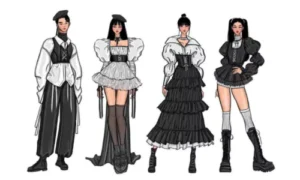
A specialist with expertise in creating unique clothing designs for clients or businesses is, in fact, a freelance custom designer. They might work on their projects independently; alternatively, they may produce items for sale on their own. Additionally, it is typical for independent modern designers to engage in contract work for businesses.
Furthermore, undergraduate courses in fashion design are offered via the Bachelor of Science. This program encompasses the study of developing unique designs for clothing, accessories, jewellery, luggage, and other items, as well as an examination of the constantly shifting market and industry trends.
5. Fashion Stylist
A trend collection, business, or product’s style and image are greatly influenced by its modern stylists. Consequently, participants in short courses on-trend styling learn the fundamental methods for producing modern photos for Internet media platforms and publications.
These modern stylists are, in fact, well-known for helping public figures, including celebrities, look their best on the runway, in publications, and on the red carpet. Additionally, they assist customers in creating looks that best suit their preferences, body types, personalities, and the occasion or location they are attending.
6. Fashion Visual Display Expert
Trend research, design development, shop design, and digital visual merchandising are all covered in the course; consequently, this will provide you with the knowledge and expertise you need to become a self-assured visual merchandiser and branding specialist.
Specifically, the display technique used to make the products stand out and draw in clients is called visual merchandising. For instance, product placement, lighting, colour schemes, product spacing, and the store’s imaginative layout and design are a few examples.
7. Fashion and Lifestyle Journalist
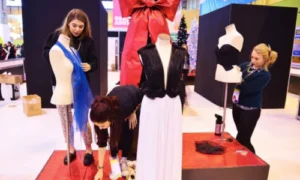
Moreover, researching and writing about current trends and styles is a part of journalism. In particular, working with stylists, speaking with designers, and going to conferences, shows, and photo shoots are some of the ways that journalists learn this information.
Ultimately, bringing clothes to life, focusing on the bigger picture, and situating modern in a cultural context are all part of what it means to be a fashion journalist. Additionally, you also need to be able to explain where journalism might go from there.
8. Fabric Coordinator
The goal of the textile study course is to provide students with a thorough understanding of textile fibres, including manufacturing, varieties, and characteristics. Additionally, it covers spinning and designing techniques, as well as creating various types of fabrics through weaving and other ways of fabric construction, along with fabric care.
To elaborate, a course is a row of loops made using knitting. Furthermore, a wale is an arrangement of loops in a column. Importantly, fibres can be used to create fabric, which can vary in thickness, smoothness, and weight. Consequently, the fibre utilized, the process by which the fabric is manufactured, and the post-production handling all contribute to the material’s characteristics.
9. Costume Designer

BA in Fashion & Costume Design. The three-year undergraduate BSc Costume Design and Trend curriculum is broken up into six semesters, each lasting six months. Universities offering this course administer admissions both based on merit and entrance examinations. Fashion & Costume Design is a three-year undergraduate program. It is a unique fusion of the arts and sciences of clothing design and studies. It provides information about fashion design, technology, and administration from both a theoretical and practical standpoint.
10. Fashion Illustrator
Moreover, the art of conveying modern concepts visually through illustration, painting, and sketching is known as fashion illustration. In this context, these methods are mostly employed by designers to generate concepts and digitally visualize designs before sewing them.
Notably, fashion illustrators concentrate on their work and producing designs for customers. As a result, when deciding what to make, buyers and stylists frequently refer to items made by illustrators. This necessitates, therefore, the production of artistic assets that accurately depict the outfit and appeal to consumers’ eyes.
11. Entrepreneur & Fashion Consultant
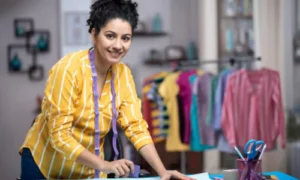
Fashion entrepreneurs concentrate on establishing networks inside the sector and interconnected projects with different goals, such as education, profitability, and enhancing one’s reputation. In this entrepreneurs drive innovation in design and provide novel business methods to propel the global modern industry forward. These entrepreneurs’ tales, whether they include starting a fashion tech company or developing an independent brand, perfectly capture the drive and tenacity needed to succeed in the cutthroat world of today.
Some of the Top fashion design colleges
1. National Institute of Fashion Technology
3. Symbiosis Institute of Design
4. Army Institue of Fashion and Design
5. JD Institute of Fashion Technology
Conclusion:
In summary, overall, the Diploma in Fashion Designing Course provides prospective designers with an organized approach to enhance their abilities and comprehension of diverse facets of design.
Moreover, graduates are prepared for fulfilling jobs in the fast-paced, cutthroat industry of fashion through a combination of classroom instruction and real-world experience. In addition, these are some of the common pathways available for students in a Diploma in Fashion Design course. Ultimately, students need to research their options, consider their career goals, and choose a pathway that aligns with their interests and aspirations in this industry.



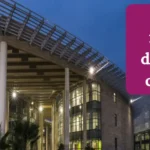
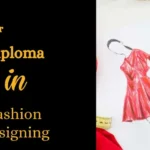

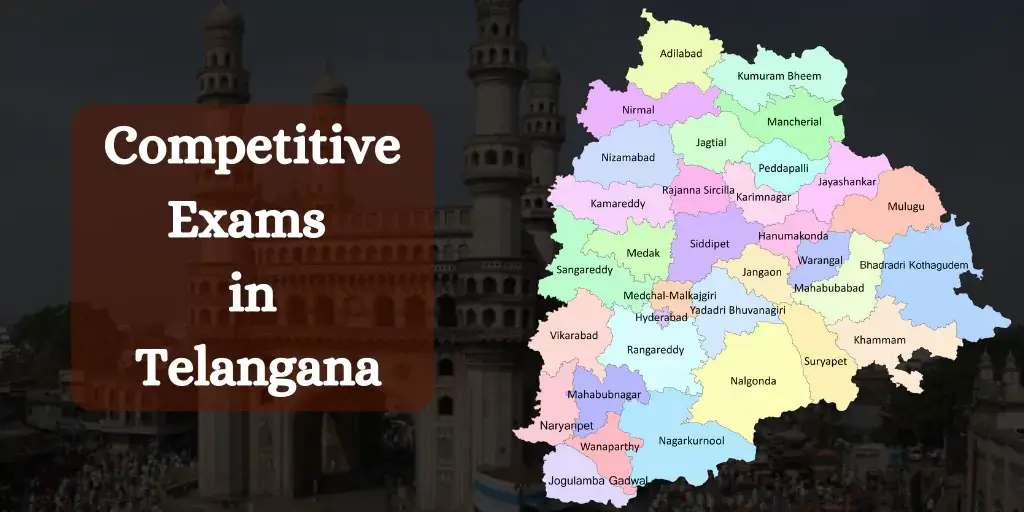
Johnniediall
August 29, 2024Показати більше: https://ukrchannel.com/newslist.html
JeffreyorEvy
August 29, 2024Очень удобно, что все этапы ВЭД под контролем специалистов, можно не переживать за мелочи: Сопровождение ВЭД
kra44-cc
August 29, 2024Официальный сайт Kraken https://kra44-cc.at безопасная платформа для анонимных операций в darknet. Полный доступ к рынку через актуальные зеркала и onion ссылки.
JasonPef
August 29, 2024Перевод с корейского – перевод документов с нотариусом. Срочный перевод документов? Самара поможет оперативно! Нотариальное заверение. Гарантия качества. Конфиденциально. Недорого.
Josephpep
August 29, 2024заказать дизайн интерьера https://dizayna-interera-spb.ru
Jamesjes
August 29, 2024Expand at the link: https://strojmaster.forumes.ru/viewtopic.php?id=15#p15
federatsia-651
August 29, 2024Хочешь развлечься? купить мефедрон федерация – это проводник в мир покупки запрещенных товаров, можно купить гашиш, купить мефедрон, купить кокаин, купить меф, купить экстази, купить альфа пвп, купить гаш в различных городах. Москва, Санкт-Петербург, Краснодар, Владивосток, Красноярск, Норильск, Екатеринбург, Мск, СПБ, Хабаровск, Новосибирск, Казань и еще 100+ городов.
Izveidot personīgo kontu
August 29, 2024Thank you for your sharing. I am worried that I lack creative ideas. It is your article that makes me full of hope. Thank you. But, I have a question, can you help me? https://www.binance.com/en-NG/register?ref=YY80CKRN